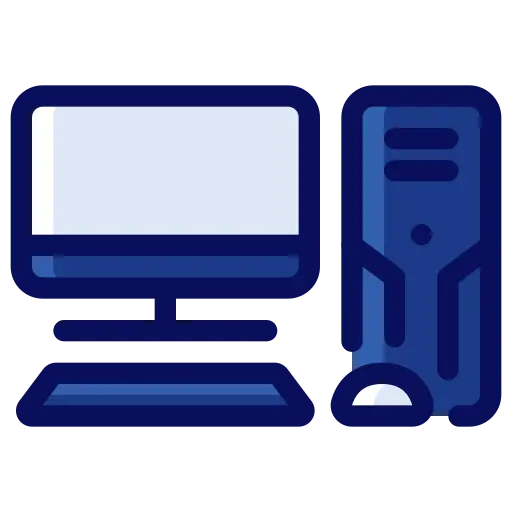You know what? A young Fassbender would have been a great Feyd-Rautha.
I mean, McAvoy was the God Emperor…
You know what? A young Fassbender would have been a great Feyd-Rautha.
I mean, McAvoy was the God Emperor…


Ah, the Oracle clause.


I can’t catch quite the drift what x86/x64 chips are good for anymore, other than gaming, nostalgia and spec boasting.
Probably two things:
All those fancy “CoPilot ready” Qualcomm machines? They’re following the same path as ARM-based smartphones have, where every single machine is bespoke and you’re looking for specific boot images on whatever the equivalent of xda-developers is, or (and this is more likely) just scrapping them when they’re used up, which will probably happen a lot faster, given Qualcomm’s history with support.
I’d love to see a replacement for x86/amd64 that isn’t a power suck, but has an open interface to BIOS.
Aren’t most trucks equipped with interlocks that prevent travelling at speed when the bed isn’t fully lowered?


Yeah, XP was pretty good.
I was a young sysadmin during this era, I don’t know if I agree with this sentiment. It got tolerable by the time of the last service pack, but it was a security nightmare otherwise and didn’t offer much over Win2k.
That said, I’m not a Windows fan in general, but I’d class the following as the “good” ones:
Anchoring the bottom
A lot of people really like 7 and 2000, but I tend to think of those as polish releases of Vista and NT4. They’re Microsoft eventually fixing their mistakes, after having everyone drag on them for years.
ARM doesn’t specify a standard firmware interface like x86 PCs do.
I mean, they could, but ARM comes from a different era, where interoperability isn’t a requirement and devices are disposable instead of upgradeable.
There no incentive, no IBM PC to be compatible with, not even an Apple, Macintosh, Conmodore Amiga or Atari ST to make peripherals for. ARM devices, even the rPi, are one-and-done.

Obligatory NYT headline: “Alcohol poisoning used to be a time honoured pasttime in this small town, but Millennial woke mob took it all away.”


“There but for the grace of god go thee.”
Or, to be less poetic, “don’t get cocky”.
Hacks can happen to anyone. Better lessons to learn is “don’t enable or install what you don’t need” and “keep machines you don’t trust off your local network”
As opposed to the Republican’s Final Solution?


Because Google was so focused and strategic before the pandemic rollseyes.
The issue is Google’s broken governance and incentive system, which gives product owners and executives incentives for new products and actively disincentivizes maintaining and improving existing products…and that was a thing from well before the pandemic hit.
It’s why Google launched three pay systems and had five messaging systems at the same time.
And, finally, this is all because of the strategy set by senior leaders.


This is a genre that I feel peaked with Sensible Soccer in 1992.


“Beaver Fever” is the occasional Canadianism I’ve heard, although its specifically for giardiasis.


There’s a few things going on, here
As someone who’s been a Bungie fan since Pathways into Darkness (yeah, I’m that old) this makes me sad in a way that only the sale to Microsoft had managed.


I’m going to say Win8 & 8.1.
Say what you will about the UI, they did great work on the underlying kernel, file system and APIs. If they’d continued to refine it, it’d be damn near perfect.
They really started to lose the plot with 10; it kept a lot of what made 8 good (and steals a lot of goodwill from 8) but you can see the adware and telemetry start to creep in.
The next best I’d have to give to Vista, which also did some much needed revitalization, only to see 7 get the glory because Microsoft flubbed the hardware requirements and vendors were sloppy with drivers.
My favourite is NT3.5: full microkernel, no GDI in kernel space, no printer drivers in the kernel, less registry issues. We’d have skipped a lot of pain from the 90s and 2000s had Microsoft not went backwards with 9x and NT4.
Well, ackshually, Linux is just a kernel… /s